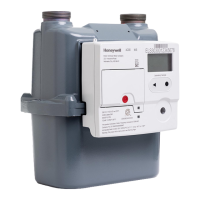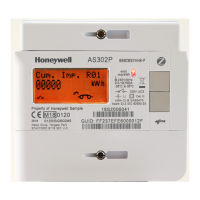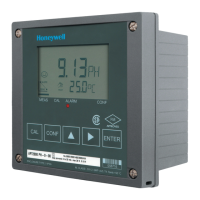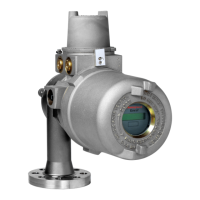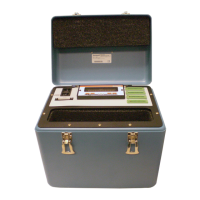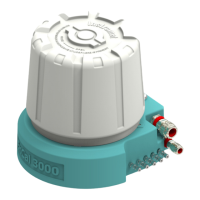7
2.7.
Chemical safety
Inside the sample gas cell are two windows of a potentially toxic material called ZnSe (zinc
Selenide). An MSDS for ZnSe is included in Appendix B. The user should pay Special
attention to the MSDS and take appropriate precautions when performing maintenance
on the gas cell.
Most of the time, the ACM 150 monitor operates, sampling ambient air without toxins. In
the event of a toxic gas release at one of the sample points for the monitor, small amounts
of poisonous gas and residue may be trapped inside the sample tubing, filters, and pumps
inside the monitor. During regular operation these trapped gases will be purged through
the monitor and pose little risk as they are diluted before being sent out the exhaust.
However, during maintenance procedures involving disassembling these components,
care is advised to ensure that if the monitor has experienced a toxic gas release,
appropriate protective equipment is used to ensure user safety. The user is responsible
for disposing of all contaminated parts and service items, such as filters and wipes, per
local rules and procedures. Refer to section 9 for further details.
2.8.
Process compatibility
All components are compatible with the materials in the ACM 150 monitor. All sample-
wetted materials are PFA, PTFE, PVC, acrylic, stainless steel, anodized aluminum, or
glass. The standard operating pressure of the sample-wetted components is a vacuum;
however, most of these materials are designed to withstand a maximum pressure of 80
psi at room temperature.
Some of the flexible lines contain high pressures. The burst pressure of the internal flexible
tubing, as supplied initially, is dependent on its size:
• 1/4-inch (heavy wall) has a burst pressure of 270 psig at 70°F
• 3/8-inch (heavy wall) has a burst pressure of 230 psig at 70°F
• 1/2-inch (heavy wall) has a burst pressure of 155 psig at 70°F
To protect against rupture from an abnormal pressure condition, a pressure relief valve is
provided. Do not remove or modify this pressure relief valve.
CAUTION
Failure to operate the ACM 150 monitor within the specified pressure and
temperature limits can cause leaks. Only operate the ACM 150 monitor within the
specified pressure and temperature limits.

